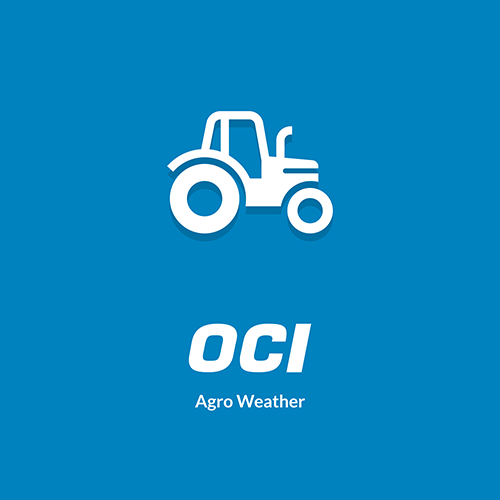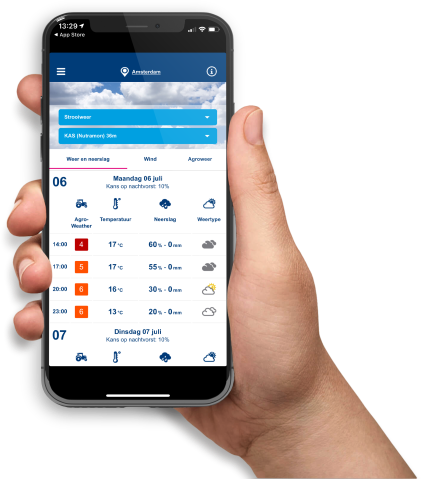Optimizing Fertilizer Spreading Efficiency: Key Points to Consider
As well as preparing well, you should stay alert and act correctly while spreading as proper operation of the spreader is essential.
You should check the following points while spreading:
- Lifting height: at the outset, it is important to check the lifting height on the plot and make the necessary adjustments in accordance with the manufacturer’s instructions. The lifting height should also be checked during spreading. Rutting may cause the spreader to be lower. Always work on load-bearing ground without spinning wheels.
As the spreader gets emptier during spreading, it gets higher. When the spreader gets higher, it spreads wider.
When the spreader gets lower, the working width is reduced, which means there is no longer enough overlap. - Speed: the power take-off speed should remain the same during spreading.
- Working width and overlap: drive at the correct working width and check the overlap. Spreading too wide will have an adverse effect on the overlap. Wider driving creates gaps in the spreading pattern which can lead to spreading paths. If there is a large overlap, too much fertiliser is consumed and additional costs are incurred.
- External factors: external factors may change during spreading. Therefore, check the external factors regularly while spreading.
Spreading headlands and wedges
Headland spreading often causes problems during fertiliser spreading operations. As a result, there is often too much or too little fertiliser on the headland and fertiliser is not applied efficiently.
The reason for this is that the spreader has to be switched on and off at the headland. This still causes many mistakes to be made as this switching point is often difficult for farmers to determine.
When driving from the headland, the spreader is often switched on too early, resulting in over-fertilisation. On the other hand, when driving towards the headland, the spreader is often turned off too early, causing the headland to be under-fertilised. The illustration shows that switching the spreader on ① is required much later than switching it off ②.

The switching point can vary greatly depending on the brand and fertiliser. You should therefore first check carefully in the manual to find out where the recommended switching point is. This problem can be avoided by having the GPS switch the spreader on and off automatically.
Figure 16: Switching the spreader on ① and off ② at the headland.
Like headlands, wedge-shaped areas are often not spread efficiently. When wedge areas are spread, they are usually over-fertilised because the spreading area is too wide. This can be avoided by closing the supply on one side or spreading in sections.
Sources:
Bogballe, 2014.
Roelofs, 2014.


